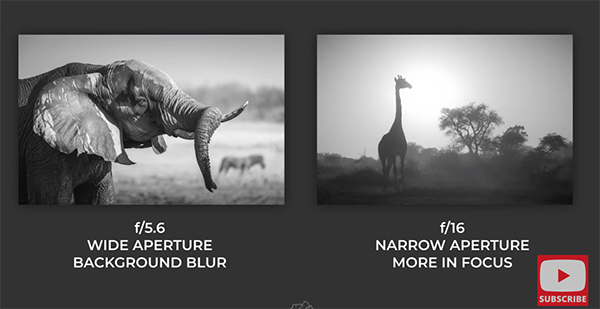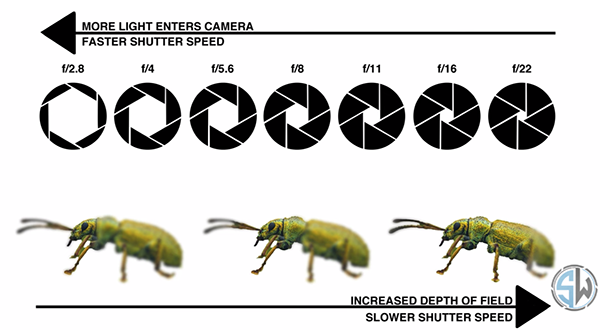Why Interior Designers Should Keep Their Eyes on Smart Glasses
From classic programs like AutoCAD that help with site modeling and planning to newer design tools such as Homestyler, which makes interior decoration and rendering much easier, it’s no secret that technological developments aid interior designers.
Recently, though, much attention has been focused on the use of relatively newer developments like augmented reality (AR) and virtual reality (VR) in the design industry. Specifically, the arrival of technology using AR and VR components is expected to change how designers visualize their projects.
While AR and VR are used in a variety of formats, one of the most convenient that designers can optimize this new tech is through smart glasses. Below, we’ll take a closer look at smart glasses and how they can be used in the interior design process.

What are smart glasses?
Essentially, smart glasses are Internet-connected wearable devices that can marry digital interfaces, content, and data with the real world. According to XR Today, smart glasses help empower everyday users and customers, as the glasses can be optimized for a wide variety of uses. They can be used as ideal tools for training company team members, offering remote assistance to professionals, or delivering hands-free guidance to individuals.
In line with this, smart glasses have also developed social media-friendly technology, with Ray-Ban Stories being among the latest and most prominent in the line-up of new releases. These stylish smart glasses offer wearable reliability and help you stay connected by letting you capture a moment or listen to music while your phone stays in your pocket. Additionally, Ray-Ban Stories helps streamline social media use with your glasses by letting you share posts to your online account right where you can see it through your lenses. These features redefine what smart glasses can do for the everyday consumer looking to make good use of the technology available on the market.
As it stands, the current smart glasses market size is expected to reach $10.6 billion by 2024. Furthermore, the capabilities of smart glasses will only continue to grow as big tech players like Razer, Lenovo, and Vuzix strive to push the capabilities of the accessory for a variety of uses.
How can smart glasses help interior designers?
For interior design, smart glasses present invaluable contributions in aiding the design process. AR and VR technology are already widely used by interior design service providers to provide customized designs to customers and offer low-cost design plans in a short time span. These technologies primarily aid in reducing rework, increasing quality, lowering labor costs, improving safety, streamlining collaboration, and aiding in project management.
However, most of these features are primarily accessed through mobile or computer apps. Projects can still be viewed in full 3D models and 360-degree views but do not provide the most immersive experience for designers. As such, integration between favored design programs and smart glasses can greatly help interior designers. Fortunately, the Varjo XR-3 smart glasses have developed the kind of technology that aids the work done by interior designers and architects. These smart glasses overlay virtual elements onto the physical environment, which helps designers assess the suitability of their designs in real-world contexts and make adjustments accordingly.
Smart glasses also make it easier to show clients ongoing design projects and provide better presentation that can support designers’ explanations as they walk their clients through the designs for checking. Besides their role in projects, these glasses can also help foster connections with fellow designers in the industry and lead to a better social media presence to attract future clients and build their portfolio. Overall, smart glasses provide a lot of use for interior designers, and more technological developments can be expected in the near future, given the considerable growth of the current market.
























